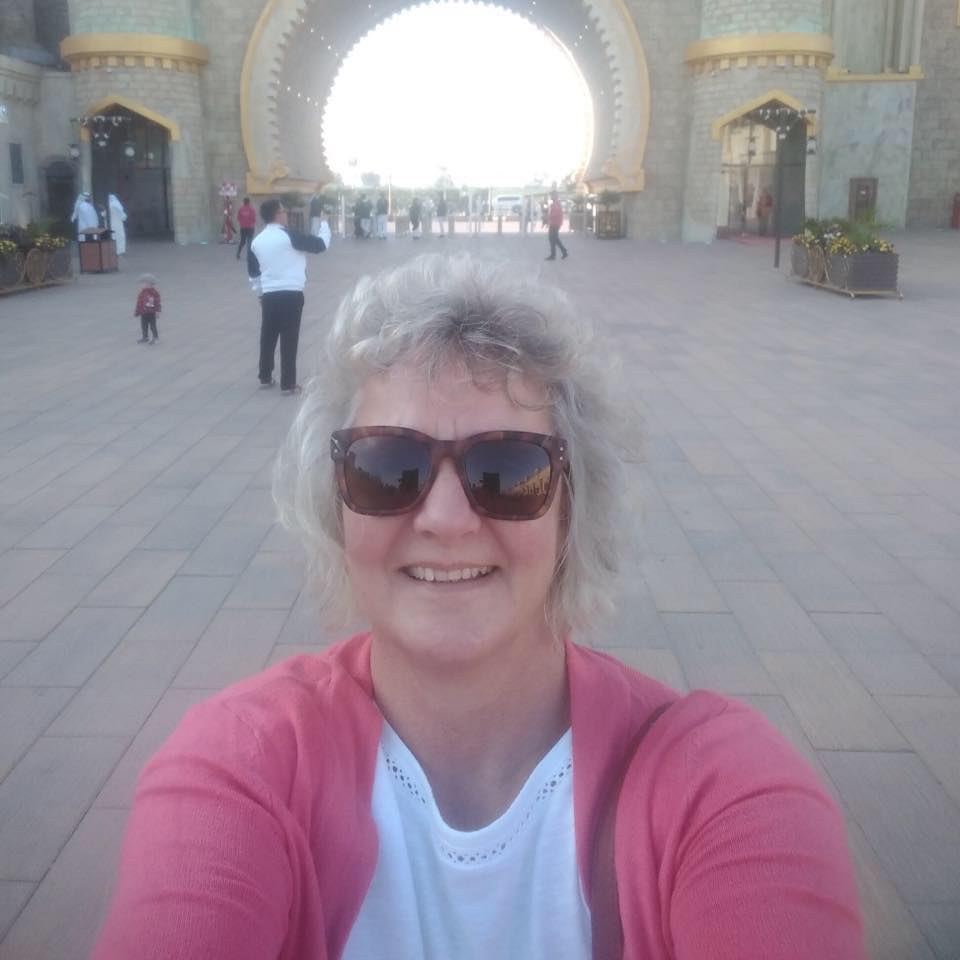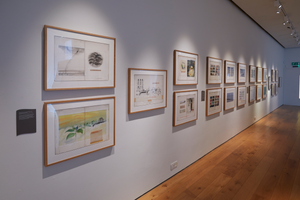Gosport Gallery and SEARCH will close for work to start on a major redevelopment project in September of this year, with a grand re-opening planned for spring of 2022. We'll be keeping you up to date with how this exciting redevelopment is going over the next few months here on Culture on Call. In this article, Wendy Redman, Venue Manager at Gosport Gallery and SEARCH, takes a look at the history of the iconic building at the heart of the project.
At the top of Gosport’s pedestrianised high street stands the home of Gosport Museum, Gallery and SEARCH. This building has been part of Gosport’s urban landscape for over 100 years and through its change of use throughout those years, holds lots of different memories for Gosport people.
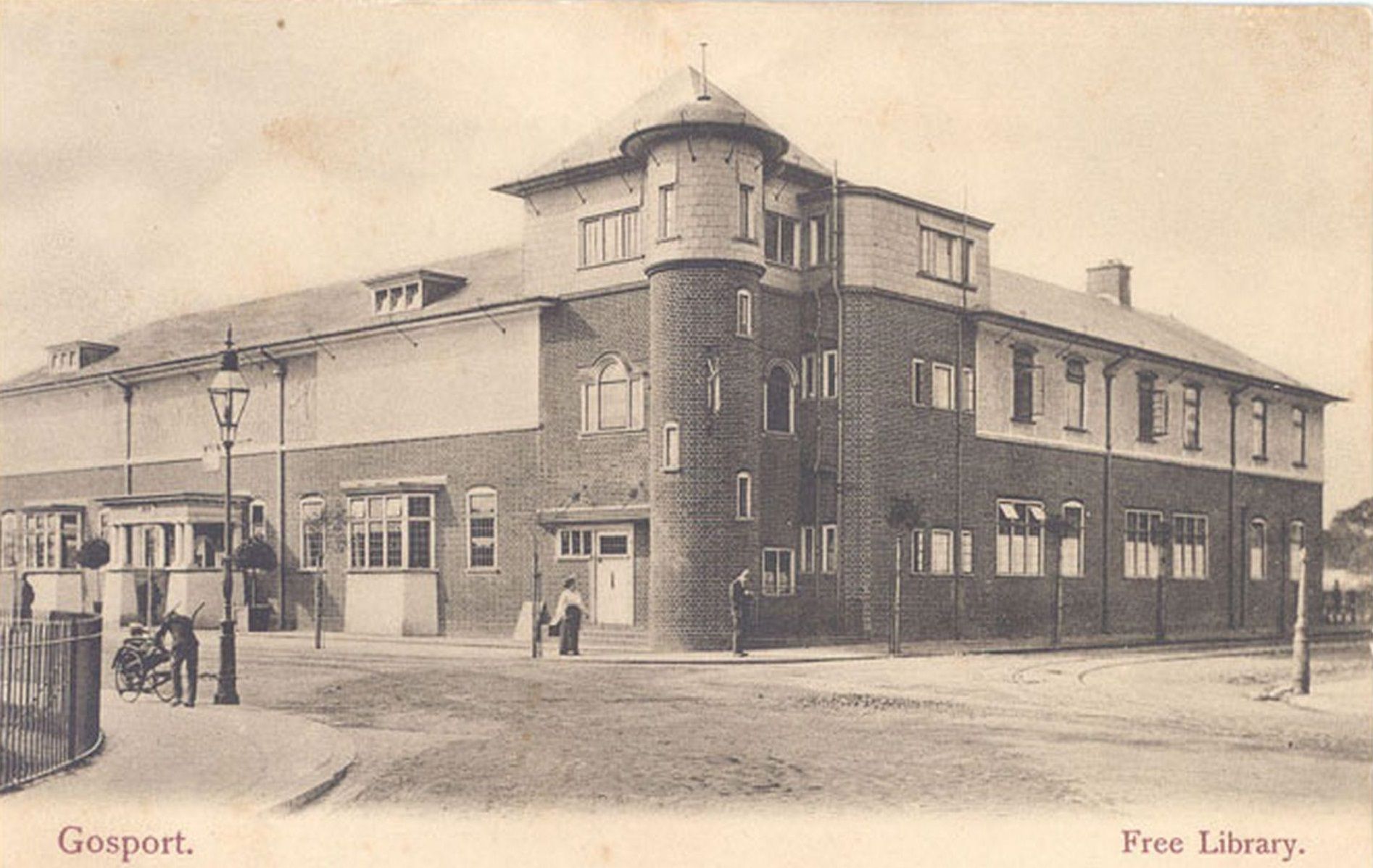
The Grade II listed building was built in 1901 by the district council at a cost of £8,000. Designed by A.W.S. Cross, it was the winning entry out of 42 in a competition to design a new town library and school. Built as the Free Library and Technical Institute, it soon became Gosport Grammar School and Free Library.
It was built on the site of the town’s ramparts which were levelled in 1899. Built in the Art Nouveau style, it received mixed reviews. It was described as resembling many things including a brewery, corporation stables, a lunatic asylum, a prison and a workhouse. The original design was more ornate both inside and out. It included a reference library, reading and news room, a book store and lobby.
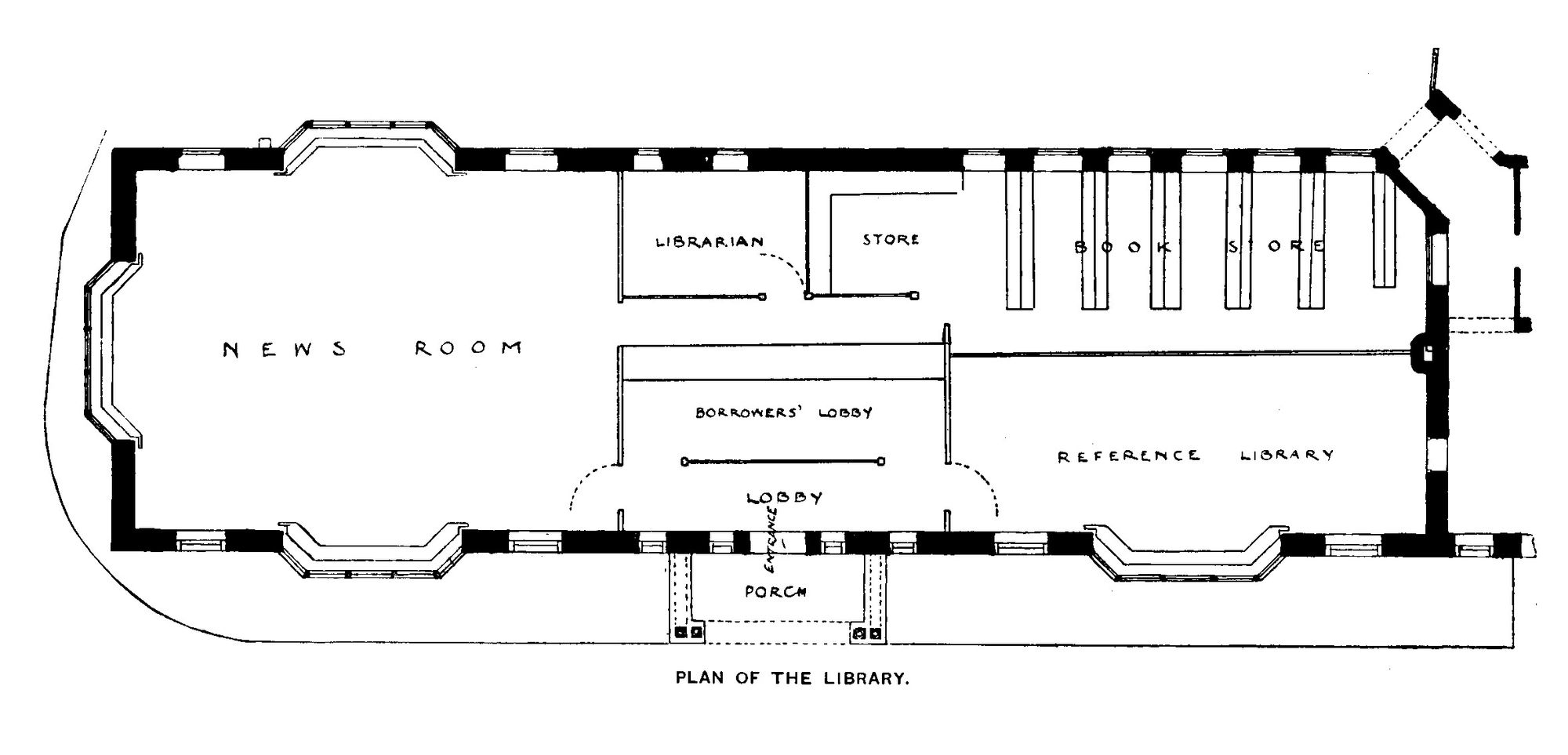
Often hidden by the trees, planted as saplings in 1905, the front of the building is decorated with a frieze depicting Gosport’s history. This was designed by Frederick Schenck and the black drainpipes running through it formed part of the design, naturally dividing it into three sections, each depicting a different part of the town’s history. Lady Alwara, the 10th century Saxon widow who gave Stoke to St Swithun’s Priory, renaming it Alverstoke, is depicted in the first section. The largest section in the middle shows Henry de Bois, Bishop of Winchester 1129-71, who legend claims named the town God’s Port after landing here after a storm at sea. The final section illustrates the story of Henry Cort, an 18th century industrialist who invented revolutionary ironworking techniques.

Within the turret on the corner of the building there is a spiral staircase which leads to a flat occupied for many years by the school caretaker. Mr MacDuff, the last school caretaker to live in the flat, in the 1950s, is often fondly remembered by former pupils.
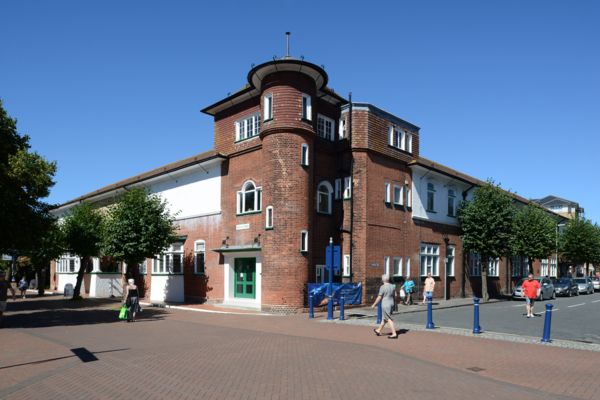
In 1907, the building was extended to include a corridor, staircase, additional toilets, cloakroom and a school hall. The hall was used for assemblies and as a gymnasium. In the 1930s-1950s, PE lessons were led by ex-Marines.
The school uniform colours were originally sky blue and green. This was changed in the 1930s to cream and bottle green, although the blue was kept within the school crest. These colours are reflected in the internal decoration of the building today. In the 1930s, a corrugated hut was constructed in the car park. It was divided into two classrooms with bike sheds built behind it. This remained in place until the 1950s.
The use of part of the building temporarily changed during WWII. In 1941, with the pupils and teachers having been evacuated to Eastleigh, the school hall became Gosport’s first British restaurant. It remained in operation for three years. Following the end of WWII, the building underwent extensive redecoration in 1946.
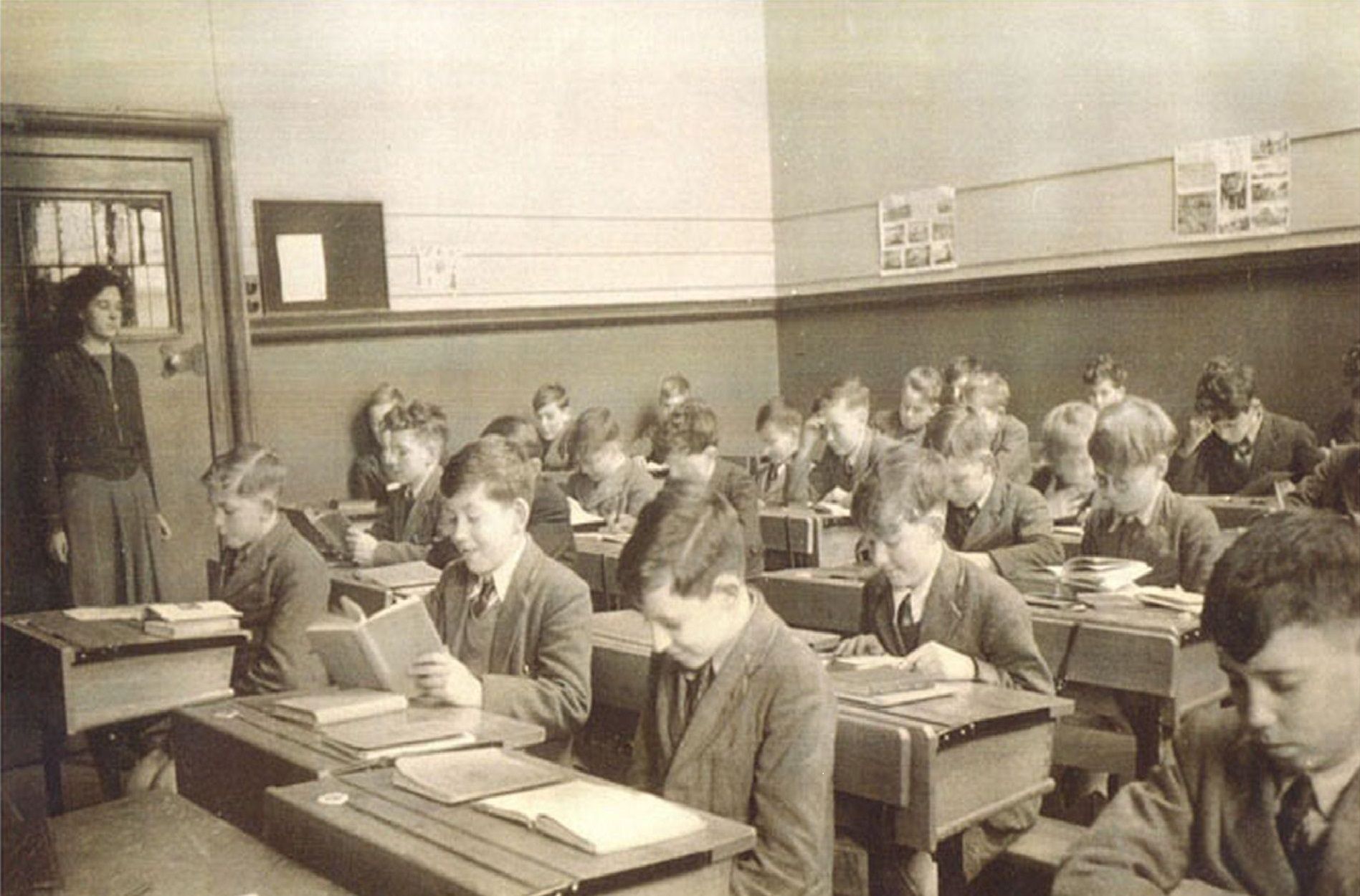
After WWII, with the population of Gosport booming, there were more than 250 pupils attending the school. By 1947, this had increased to 430. In 1951, there were four sites for the school, Walpole Road, Clarence Square, St Matthew’s and Bay House. By 1958, the school had grown too big so was completely moved to the Bay House site.
Following the departure of pupils from the building, the school spaces were used by Hampshire County Council Education Department. The library remained on site until a new library building was built in 1973.
In 1975, the area previously occupied by the library became the Borough Museum and this remained until the creation of the Discovery Centre in 2005, when it became a Local Studies Centre. At the beginning of the 1990s, the part of the building that was formerly the school was restored to highlight many of the original features. The school hall became Gosport Gallery and the classrooms became SEARCH Hands-on Centre.
Throughout its history, the building has always been used for education and culture. This will continue with the redevelopment of the building in 2021 and the planned opening of Gosport Museum and Art Gallery in 2022.
If you have enjoyed Culture on Call and you are able to make a donation, please click the link below. Any support you can give will help us keep communities connected to culture in these difficult times.



